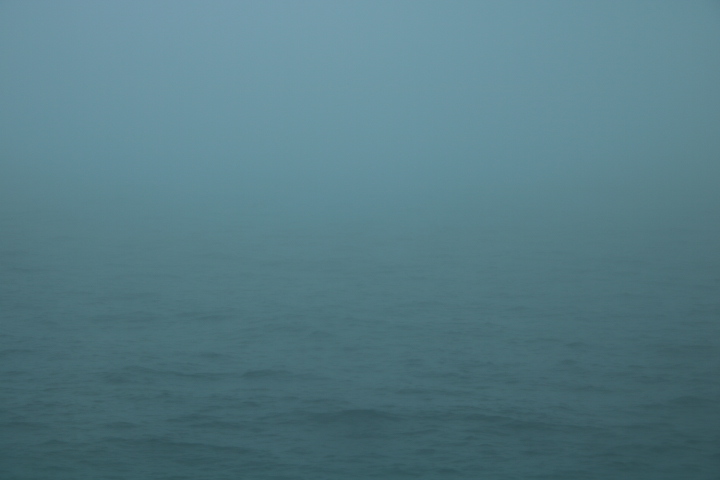We are currently crossing the Gulf of St. Lawrence which was found for Europeans by John Cabot of Bristol. He was a Portuguese navigator but given an English name by the Bristol nobility because his voyages were an ‘inside job’ to seek the fish that the Basques were already catching. This was in 1497 and nothing survives in the way of charts or logs of his journey across the Atlantic, but it is thought that he assumed these lands were in Asia and not Labrador, Newfoundland and Nova Scotia, let alone that he had found the mouth of the St. Lawrence River. Explorations along the river were conducted by Cartier in 1534 – 36. When news reached Portugal more voyages were conducted by them in an attempt to capture the market for the fish.
Cabot’s son, Sebastian, also ventured northwards in 1508 – 9 and may have discovered the Hudson Strait but did not venture very far into the NWP. Both Cabots found fish in vast quantities around the Grand Banks which, for hundreds of years, provided cod catches that peaked at 810,000 tons in 1968. The fishery then collapsed and protection was put in place by the Canadians. A 10-year ban of fishing there, helped to protect the fishing grounds but five centuries after the Cabots, the amount of fish is nothing like what is was.
This is our last full day at sea and filled with little jobs, such as handing back the mud boots, group badges and collecting passports. There is also very little to see as we are fog-bound again but the temperature has reached 16⁰C.
